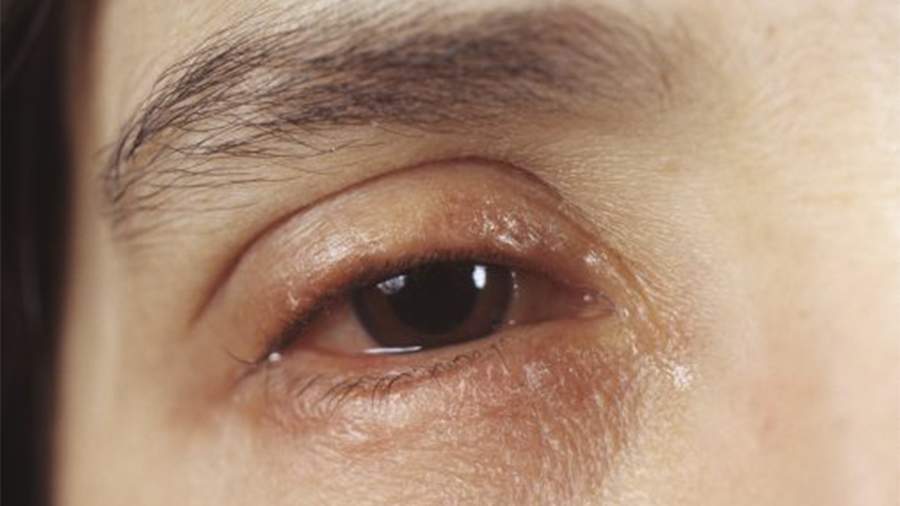The ophthalmologist spoke about the effect of spring blooming on the eyes
Alexey Ivanov, an ophthalmologist at the Scientific Research Clinical Institute of Childhood, told how spring blooming can affect eye health.
With the arrival of the flowering season, doctors record an increase in cases of conjunctivitis every year. Eye inflammation occurs due to an allergy to pollen, which is actively spreading in the air.
In an interview with Radio 1 on April 4, the specialist explained that conjunctivitis can be different. Allergic reactions occur during flowering, and there are also bacterial, fungal, and viral ones.
Allergic conjunctivitis manifests itself in the form of redness of the eyes, swelling on the eyelids, itching, this is the body's reaction to plant pollen. The symptoms can worsen and lead to complications, including vision loss. Diagnosis is necessary to identify the cause.
"Allergy sufferers have a related system here: their nose and cough begin to bother them, so they need to contact both an ophthalmologist and an allergist-immunologist," the doctor concluded.
On April 3, the doctors of the Childhood Clinic recalled the main symptoms that make it possible to detect the disease at an early stage. These include redness and itching of the eyes, lacrimation and photophobia, puffiness of the eyelids, mucous discharge from the eyes, as well as a feeling of sand in the eyes. Antihistamines for topical and systemic use, as well as anti-edema medications, are usually used for treatment. 360.ru .
In March, Daria Chernushevich, an allergist and immunologist, told RT that allergic symptoms in spring are diverse and can manifest themselves, for example, in the form of nasal congestion, runny nose, lacrimation, itching of the mucous membranes of the nose and eyes, as well as attacks of suffocation. They are repetitive, occurring each time under the same conditions.
In February, ophthalmologist, microsurgeon, and laser surgeon Svetlana Mirgorodskaya said that the feeling of sand in the eyes can occur with lagophthalmos. In particular, contact lenses are often caused by the development of dry eye syndrome in violation of the rules of their operation, such as irregular processing or improper removal and putting on.
In October, endocrinologist and nutritionist Lyra Gaptykaeva explained why it is important to protect your eyes in the fall. Thus, a decrease in temperature, cold wind and excessive ultraviolet (UV) radiation in autumn can harm the mucous membrane of the eye, in particular, cause corneal burns and inflammation, the NSN reports. UV radiation, which is quite active in autumn, can cause conjunctiva, and lead to an overload of retinal photoreceptors.
Earlier, ophthalmologist Tatiana Anfalova told how to distinguish between viral and bacterial conjunctivitis. Viral conjunctivitis is more often bilateral, with swelling of the eyelids and the presence of follicles (hollow vesicles) on the mucous membrane. A slimy white or transparent discharge from the eyes is also characteristic. It is very contagious, transmitted by airborne droplets when coughing, sneezing and just talking. It can often be accompanied by fever, runny nose, sore throat and enlarged lymph nodes. Bacterial conjunctivitis usually begins on one side, and after two or three days, the second eye may join. The main distinguishing feature is the sticking of the eyelids and abundant yellow-white discharge. It is transmitted through everyday objects, touches, notes Pravda.Ru .
Переведено сервисом «Яндекс Переводчик»

